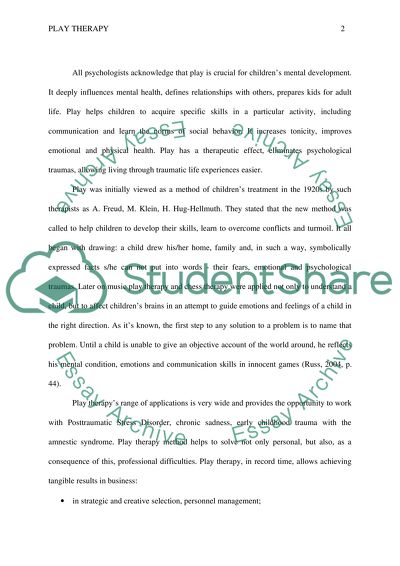Cite this document
(“Play Therapy for Children Research Paper Example | Topics and Well Written Essays - 1000 words”, n.d.)
Retrieved from https://studentshare.org/psychology/1424785-play-therapy-for-children
Retrieved from https://studentshare.org/psychology/1424785-play-therapy-for-children
(Play Therapy for Children Research Paper Example | Topics and Well Written Essays - 1000 Words)
https://studentshare.org/psychology/1424785-play-therapy-for-children.
https://studentshare.org/psychology/1424785-play-therapy-for-children.
“Play Therapy for Children Research Paper Example | Topics and Well Written Essays - 1000 Words”, n.d. https://studentshare.org/psychology/1424785-play-therapy-for-children.


